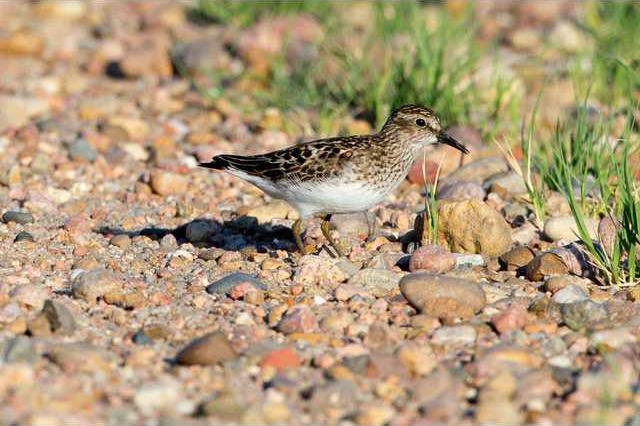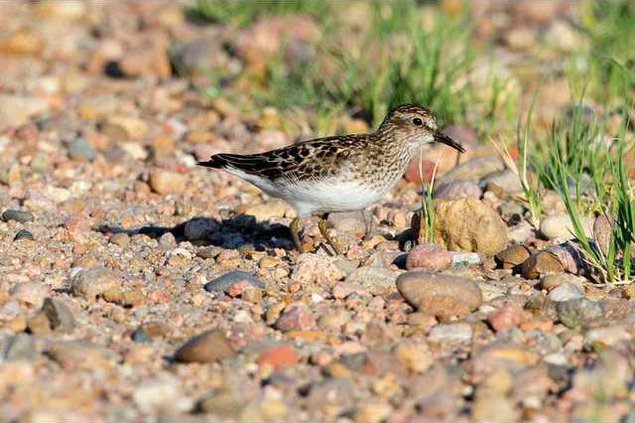Do you like puzzles? Have we got one for you!Shorebird migration peaks at Cheyenne Bottoms around the first two weeks of May. For anyone who likes a good challenge, identifying these avian visitors can be an exercise in patience and attention to detail.
Shorebird Stumpers
The Wetland Explorer





